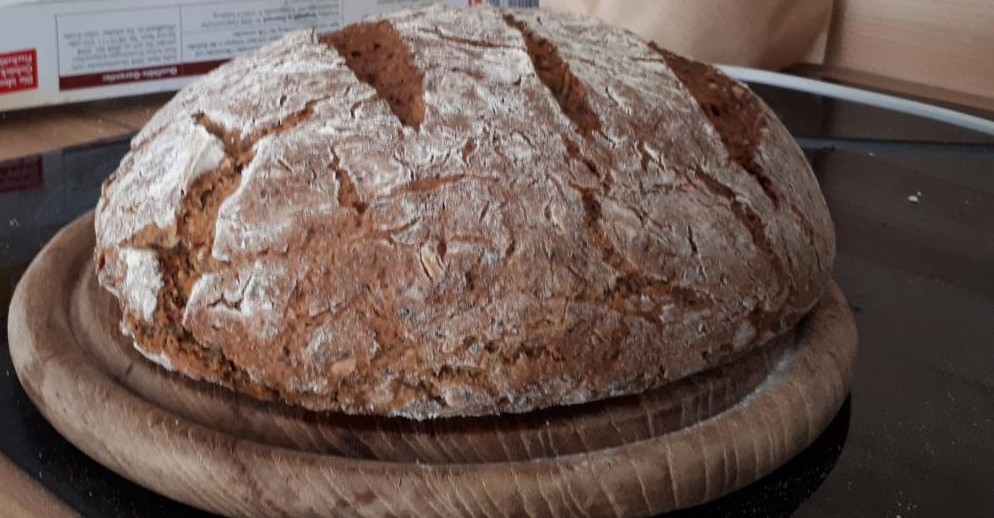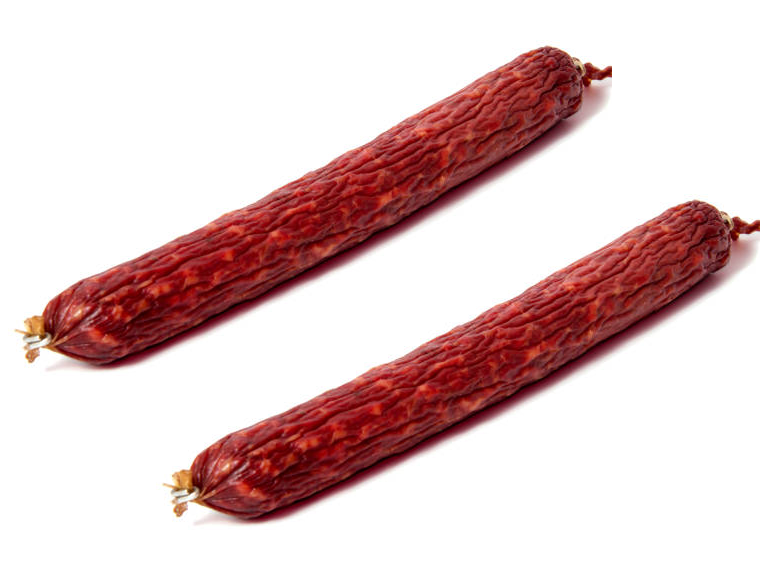It's a gin, and it's actually drinkable! Probably need to distill it a second time, but I'm pretty fucking pumped.
gimlets are fuckin' good and pretty easy to make
if you want to get fancy with it try making a French 75
I don't know anything when it comes to mixed drinks, but a French 75 sounds awesome.
Before I clicked, I made a 50/50 bet with myself that this would be some kind of video game thing I don't understand. Gin is much better! My favorite summer drink might just be your classic Tom Collins.
Not to worry, this thread is a g*mer free safe space. No malarkey here
I thought they'd added some kind of occultism community and this was about magic or something
Really long post, but tl; dr is get a still, clean the still twice, ferment a thing, run the ferment through the now cleaned still, done!
For the most part, distilling isn't hard, tbh. The tricky part is making a still. You can get kits pretty cheap on clawhammersupply.com along with instructions on how to build them, and there's probably a few guides on homedistiller.org to make one from scratch.
You'll need to do two cleaning runs before you make anything that you can actually drink - the idea here is to strip off any weird metals on the inside of your boiler, and also get a general idea of how your new still works. Any still is going to have a few of the same components built into it:
-
A boiler - this is what you put your ferment into. We want to boil this to remove water, and just leave the alcohol behind. You can think of this as just a big pot with a hole cut in the lid
-
A column that sits between the boiler and the condenser - when we boil whatever's in the boiler, the vapour travels up this column from the hole in our boiler's lid
-
A condenser - this sits off to the side of the boiler, attached to the column, in a kind of upside down L shape. There'll probably be a way to put cold water around the condenser. Generally, there's a jacket that you can pump water through to cool down our vapor so that it turns back into a liquid
There are more complicated variations, but this is the bare bones of what a still is. Heat goes on the bottom of your boiler, water goes around the condenser, and alcohol comes out the bottom.
For your first run, grab a few gallons of vinegar and run it through. Let the still steam out of the condensor for 20 minutes or so before flipping on a pump to move water through your condenser. We want to blast the new still with acidic steam to make sure it's safe for later. You should probably dump whatever comes out of the still for this run, it's not safe to use. After about 20 minutes, flip on the water to run liquid vinegar through for another 40 minutes. Cleaning run #1 done!
The second run is another cleaning run, this time using a simple sugar wash. Put like 5 gallons of water in a bucket with a few pounds of sugar, some tomato paste, and some bread yeast. The paste works as a yeast nutrient. Let it ferment through - if you've got a hydrometer, you can measure the amount of sugar left in your wash, looking for about 1.07. If not, leave it for a week or two, and when it stops bubbling, you're probably good to go. Fill up your boiler, and run the still just like last time, except we're not going to let it steam, so also start up the condenser when you put heat on the boiler. You're aiming to get a slow but steady stream of liquid coming out of the condensor, with NO steam (if you're seeing steam, or if the liquid is coming out too fast, turn the boiler heat down). For this run, it's worth having an alcohometer and stopping once whatever is coming out of the still hits about 20%. Do not boil your still dry.
Once again, this is a cleaning run (and thankfully our last one!) so you can't drink this either, but you can keep the stuff that comes out as denatured spirits and use it to clean stuff, as liquid firestarter, or as a fuel alcohol.
We're FINALLY ready to distill something we can drink now! Ferment something, just like we did before. It may be worth using different yeast to avoid that bread flavor from the earlier run. I tend to use Lavlin 114, which is a champagne yeast that can get up to 14 - 18% on its own. Once your ferment is done, pop it into the boiler, and run your still. It may be worth reading a bit about making cuts during your run, and looking at different recipes online, but the gist of what you need to do is in this post, for the most part.
You should also start thinking about what to do with the stuff that comes off FIRST in your run - that's methanol, and it's poisonous. I've got a 8 gallon boiler, tend to run 5 gallons of wash through it (our ferment), and toss the first 250mL in a run because this is probably the majority of the methanol that I'm collecting.
Let me know if you have any questions! There's a lot here, but even more missing.
-
Nice! I did a Mr. Beer kit once and while it tasted like a petri dish, it did get me drunk. I want to start doing r/prisonhooch stuff again.




